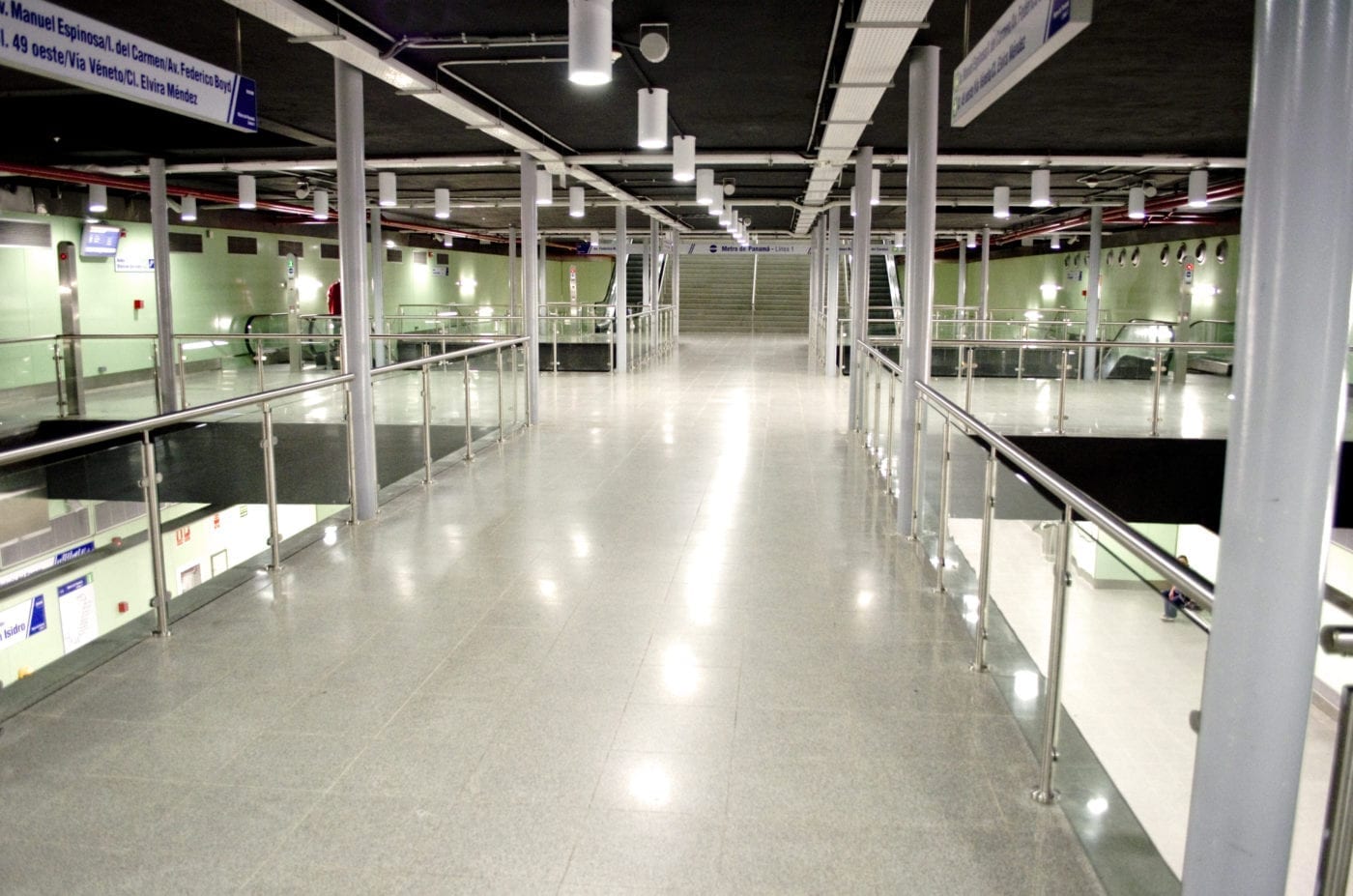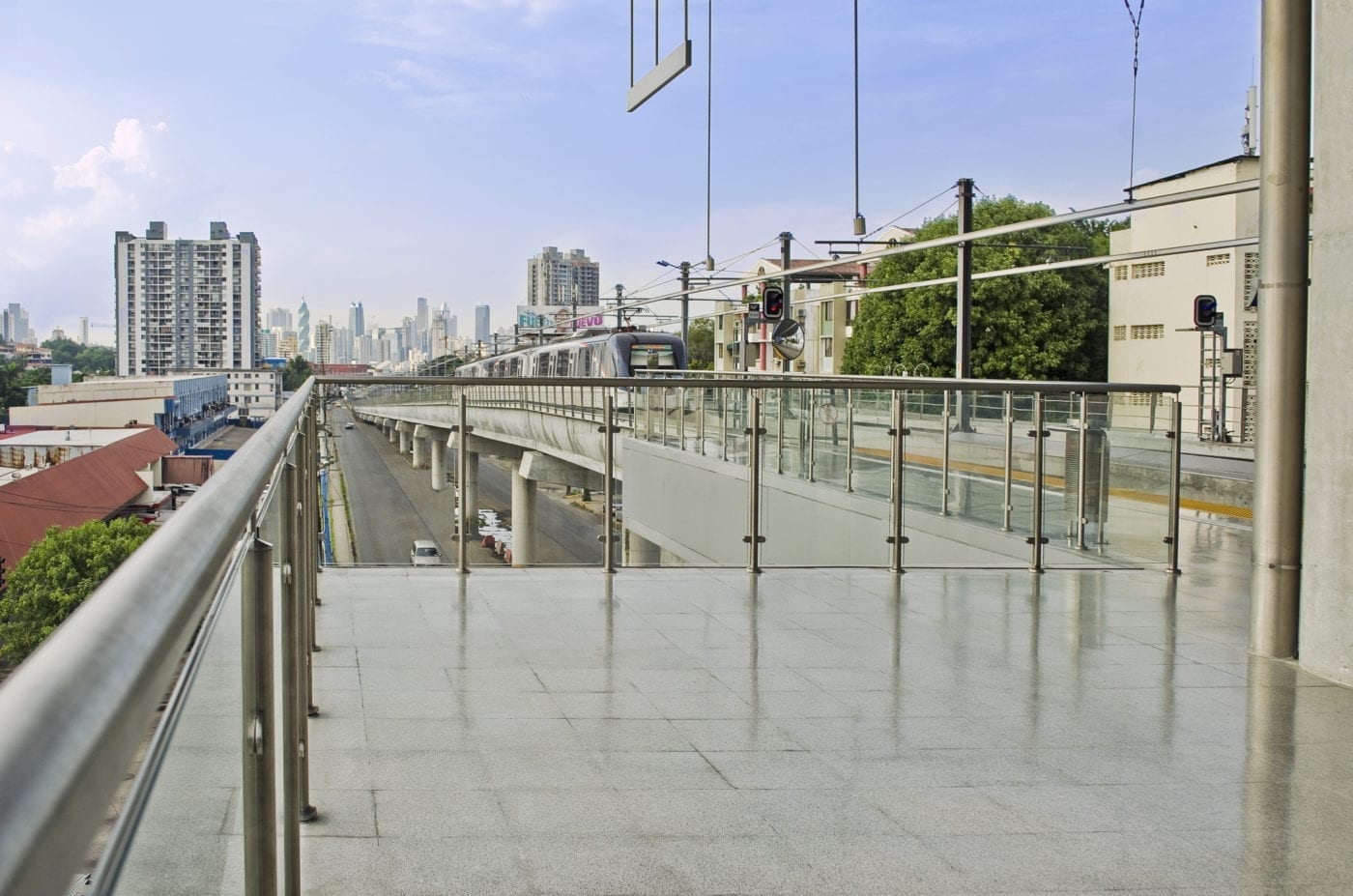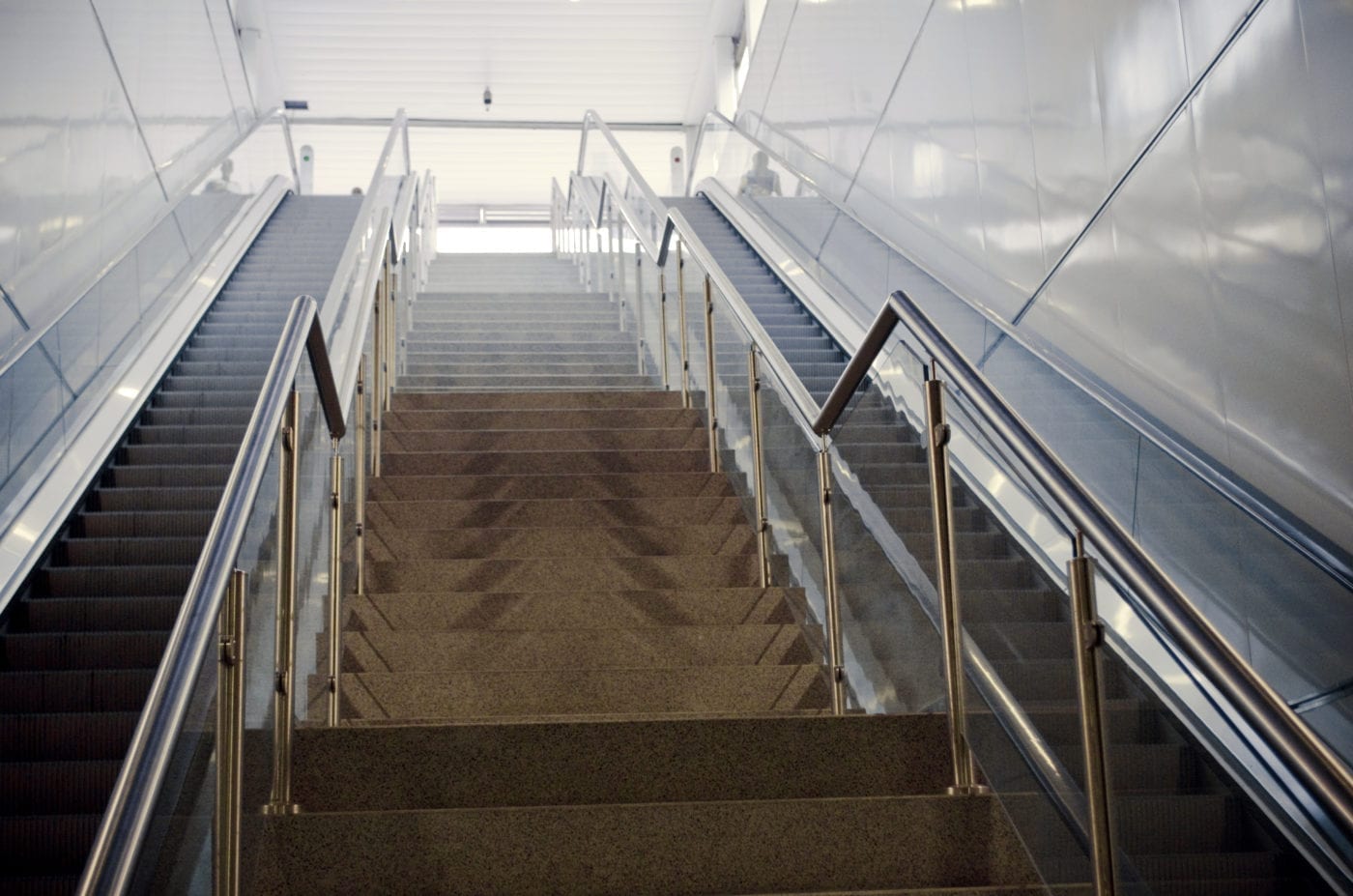
Construction began on Panama’s Metro Line 1 in late 2010 and it opened officially in April 2014. The approximate length is 16 kilometres, running north-south through the city and part of the metropolitan area along a high-demand corridor for public transport. To reduce implementation costs and its impact, most of the route was laid out following the axis of major arteries, through public spaces, without occupying roads on the surface, with underground or elevated sections.
The line has a total of 14 stations, six elevated and eight underground, each with an average platform length of 110 metres. Designed initially to serve up to 15,000 passengers per hour in each direction, the high service demand has increased over time, both in the number of trains and in their frequencies.
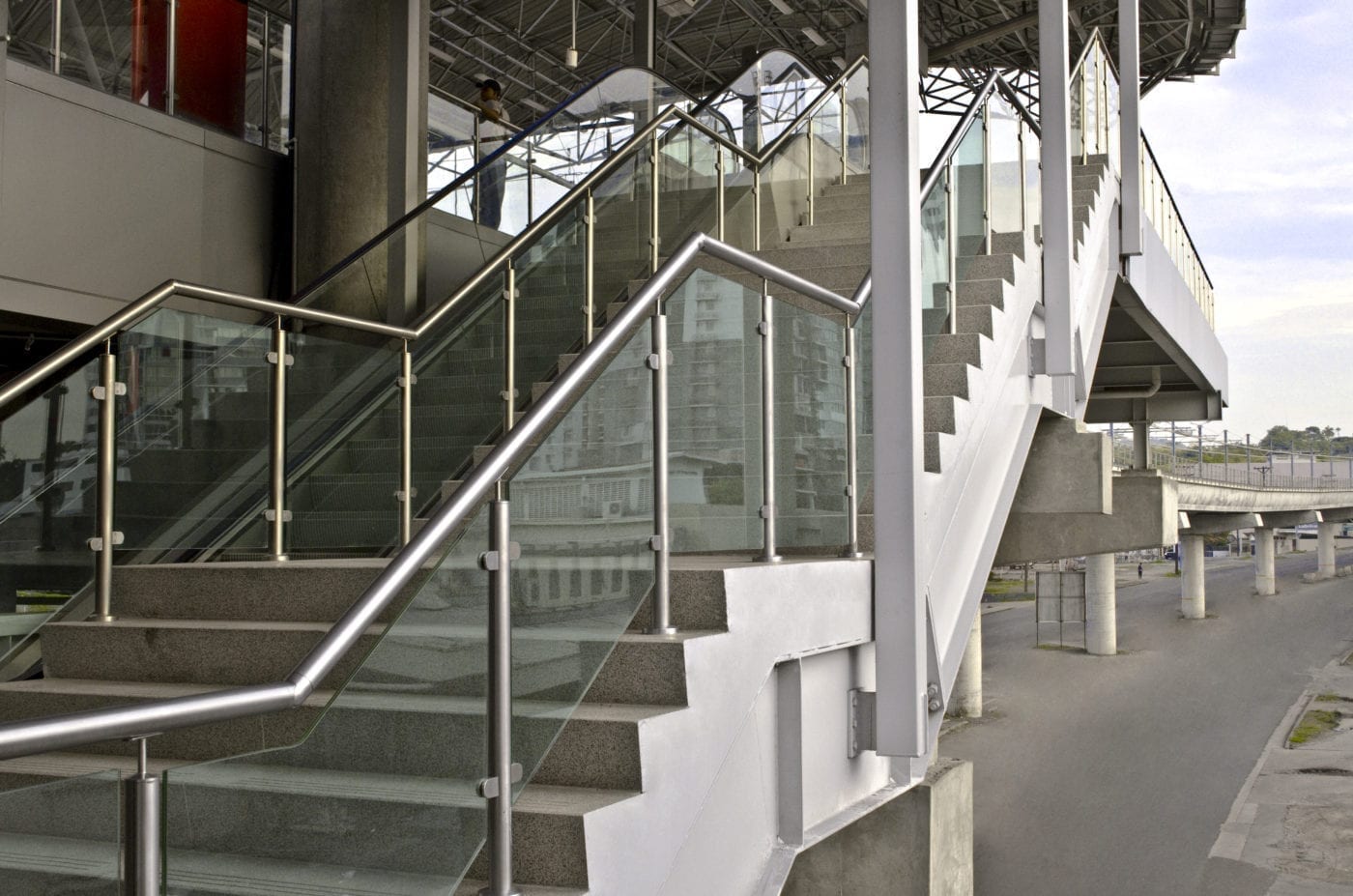
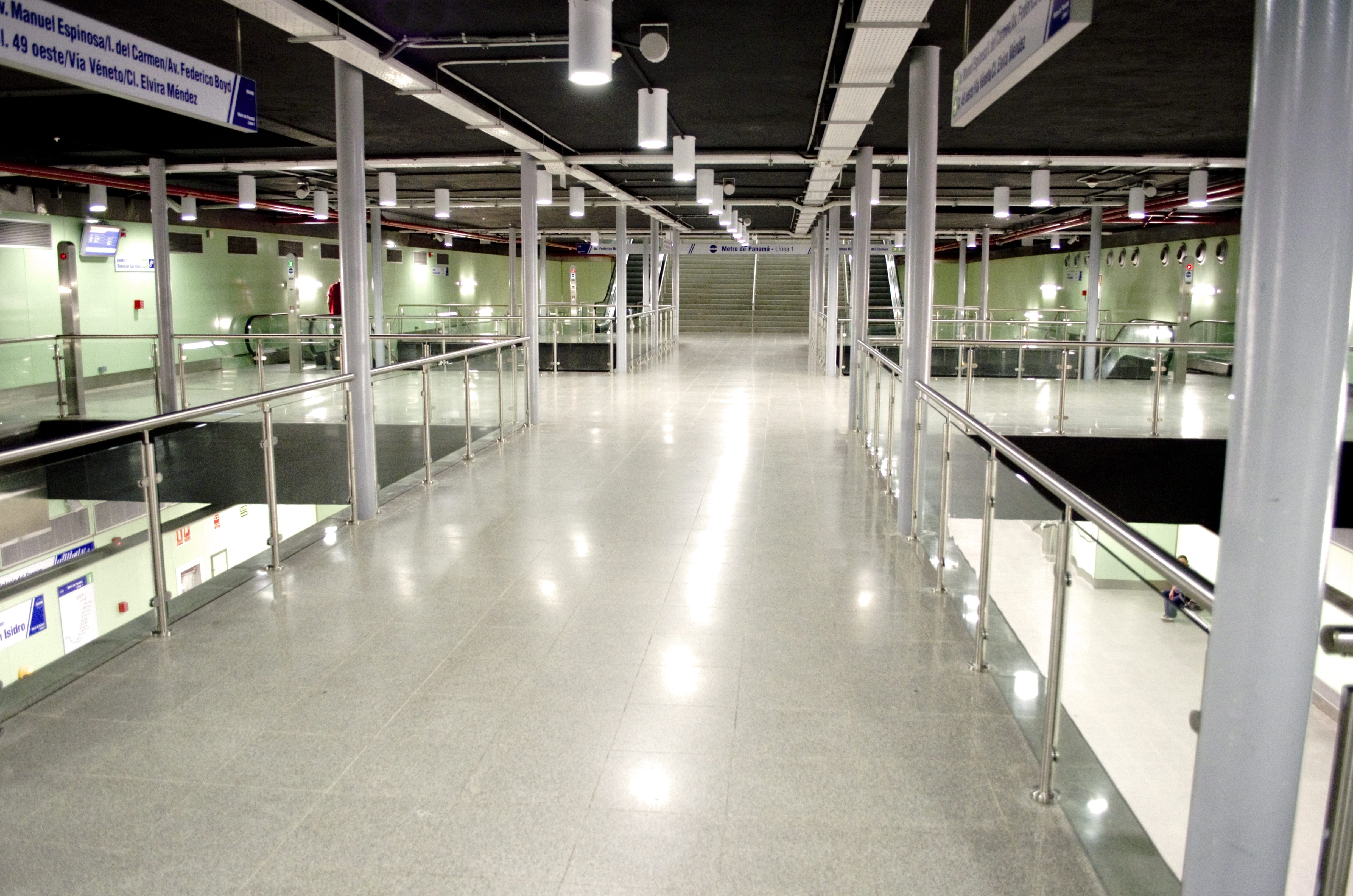
Panama Metro Line One
Panamá, Panamá
- R-Concept: Glass
